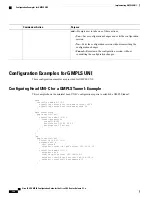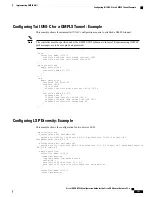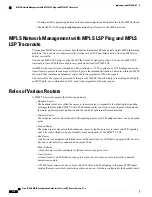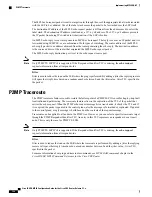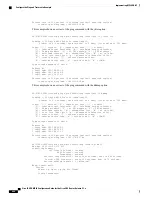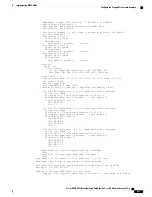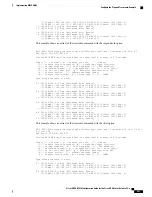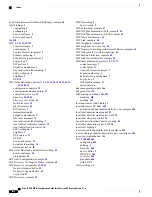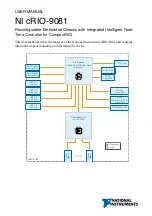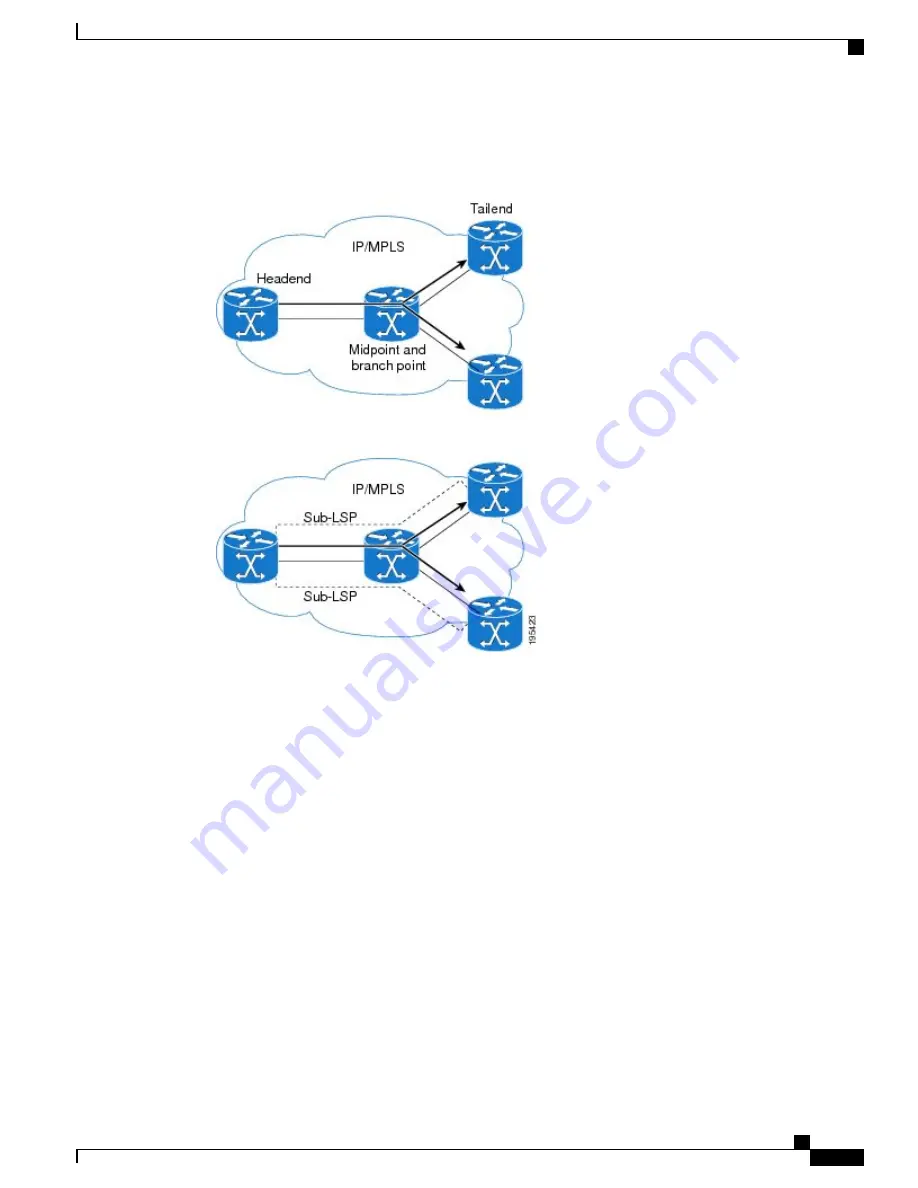
Figure 22: Elements of P2MP TE Network
illustrates the elements of P2MP TE network.
Figure 22: Elements of P2MP TE Network
P2MP TE tunnels build on the features that exist in basic point-to-point TE tunnels. The P2MP TE tunnels
have the following characteristics:
•
There is one source (headend) but more than one destination (tailend).
•
They are unidirectional.
•
They are explicitly routed.
•
Multiple sub-LSPs connect the headend router to various tailend routers.
P2MP Ping
The P2MP ping feature is used to check the connectivity between Ingress LSR and egress LSR, along a P2MP
LSP. The Ingress LSR sends the P2MP echo request message along the specified P2MP LSP. All egress LSRs
which receive the P2MP echo request message from the ingress LSR must send a P2MP echo reply message
to the ingress LSR, according to the reply mode specified in the P2MP echo request message.
MPLS LSP ping uses MPLS echo request and reply packets to validate an LSP. You can use MPLS LSP ping
to validate RSVP P2MP IPv4 FECs by using appropriate keywords and arguments with the
ping mpls
command.
Cisco IOS XR MPLS Configuration Guide for the Cisco CRS Router, Release 5.1.x
397
Implementing MPLS OAM
P2MP Ping








